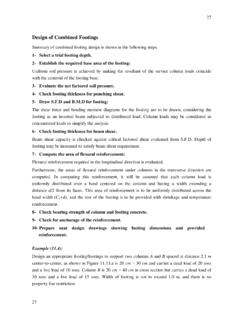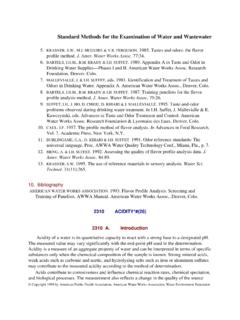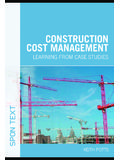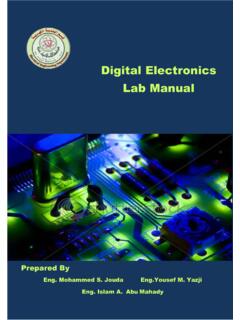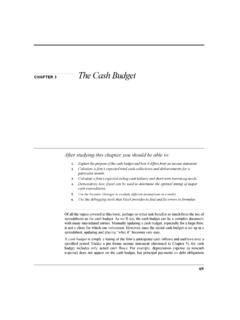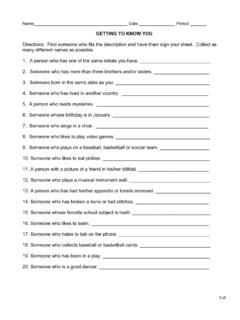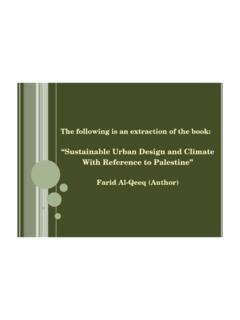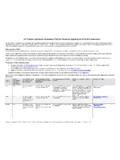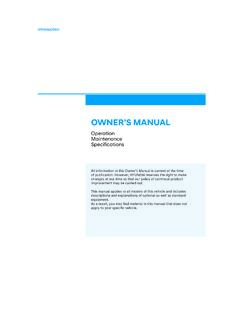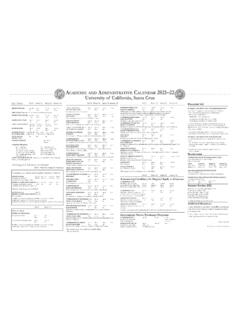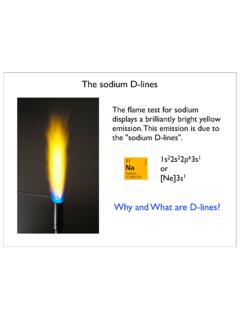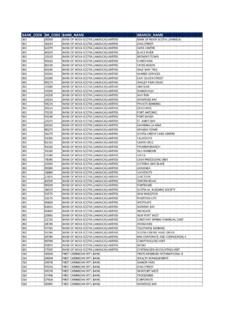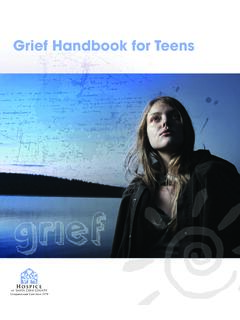Transcription of Introduction to Hayden White, University of California at ...
1 The best Introduction to literary study on the market. Jonathan Culler, Cornell UniversityThe most un-boring, unnerving, unpretentious textbook I've ever come Wright, University of CambridgeIt is by far the best and most readable of all such introductions that I treatment of the various topics is masterful, even-handed andinformative. I cannot think of a better Introduction for undergraduates, to besure, but for many graduate students too. Hayden White, University of California at santa CruzI don t know of any book that could, or does, compete with this one. It isirreplaceable. Richard Rand, University of Alabama[Bennett and Royle have] cracked the problem of how to be introductory andsophisticated, accessible but not patronising. Peter Buse, English Subject Centre NewsletterIntroduction to Literature, Criticism and Theory provides a completely fresh andoriginal Introduction to literary and Royle approach their subject by way of literary works themselves (apoem by Emily Dickinson, a passage from Shakespeare, a novel by SalmanRushdie), rather than by way of abstract theoretical ideas and isms.
2 In 32 shortchapters they focus on a range of familiar-looking terms (character, the author,voice, narrative) as well as less obvious ones (laughter, pleasure, ghosts, secrets)in order to show why such literary texts are so compelling. This third editionupdates and expands on earlier editions, and includes new chapters on: creative writing literature and film war monsters, mutants and the inhumanIntroduction to Literature, Criticism and Theoryavoids what is so frequentlytiresome or intimidating about theory , offering instead an Introduction that isconsistently entertaining, thought provoking and authors have wide experience of teaching and lecturing on literature andliterary theory at universities in Britain, Europe and the United States. AndrewBennett is Professor of English at the University of Bristol and Nicholas Royle isProfessor of English at the University of toThird editionLiterature, CriticismandTheoryAndrew Bennett andNicholas toThirdeditionLiterature, Criticismand TheoryBennett andRoyleCover Getty 5/6/08 11:16 AM Page 1.
3 An exceptional book. It is completely different from anything else cur-rently available, refreshing, extremely well-written and original in somany is just the sort of book I would want my students toread .. It is quite the best introductory book that I have ever comeacross. Philip Martin, De Montfort University Fresh, surprising, never boring, and engagingly humorous, whileremaining intellectually serious and challenging.. This is a terrificbook, and I m very glad that it exists. Peggy Kamuf, University ofSouthern California , Los Angeles This excellent book is very well-written and an outstanding introduc-tion to literary studies. An extremely stimulating Introduction . RobertEaglestone, Royal Holloway, University of London I am convinced that Bennett and Royle have written a pathbreakingwork and I suspect that this book so full of laughter, suspense, secretsand pleasure will have an appeal beyond a strictly academic audience.
4 Alan Shima, University of Gothenberg All the chapters in the volume are illuminating, informative and ori-ginal. Robert Mills, King s College London Bennett and Royle offer a different kind of Introduction , which directlyinvolves the reader in the problems and pleasures of thinking about literature its distinctiveness, its strangeness, its power, its inexhaust-ibility.. They succeed brilliantly in encouraging readers who arenew to theory to appreciate its importance, enjoy its revelations, andunderstand some of its conceptual apparatus without diminishing thecentrality of literary writing itself. This is a book which students inevery introductory course on criticism and theory would benefit fromhaving. Derek Attridge, University of 14/05/2004 14:47 Page 14/05/2004 14:47 Page Introduction to Literature, Criticism and 14/05/2004 14:47 Page 14/05/2004 14:47 Page Introduction toLiterature, Criticismand TheoryThird editionANDREW BENNETT ANDNICHOLAS 14/05/2004 14:47 Page EDUCATION LIMITEDE dinburgh GateHarlow CM20 2 JEUnited KingdomTel: +44 (0)1279 623623 Fax: +44 (0)1279 431059 Website.
5 Edition published in Great Britain in 2004 International Book Distributors Limited 1995 Pearson Education Limited 1995, 1999, 2004 The rights of Andrew Bennett (1960 ) and Nicholas Royle (1957 )to be identified as authors of this work have been asserted bythem in accordance with the Copyright, Designs and Patents Act 0 582 82295 5 British Library Cataloguing-in-Publication DataA CIP catalogue record for this book can be obtained from the British LibraryLibrary of Congress Cataloging-in-Publication DataA CIP catalog record for this book can be obtained from the Library of CongressAll rights reserved; no part of this publication may be reproduced, storedin a retrieval system, or transmitted in any form or by any means, electronic,mechanical, photocopying, recording, or otherwise without either the priorwritten permission of the Publishers or a licence permitting restricted copyingin the United Kingdom issued by the Copyright Licensing Agency Ltd,90 Tottenham Court Road, London W1T 4LP.
6 This book may not be lent,resold, hired out or otherwise disposed of by way of trade in any formof binding or cover other than that in which it is published, without theprior consent of the 07 06 05 04 Set by 35 in 11/13pt Bulmer MTPrinted in MalaysiaThe Publisher s policy is to use paper manufactured from sustainable 14/05/2004 14:47 Page to the first editionxPreface to the second editionxiPreface to the third editionxii1 The beginning12 Readers and reading93 The author184 The text and the world275 The uncanny346 Monuments427 Narrative528 Character609 Voice6810 Figures and tropes7711 Creative writing8512 Laughter9313 The tragic10314 History11315Me12416 Ghosts13317 Moving pictures14218 Sexual 14/05/2004 14:47 Page difference20625 The colony21426 Mutant22327 The performative23328 Secrets24029 The postmodern24830 Pleasure25831 War26832 The end280 Glossary288 Select bibliography of other introductory texts and reference works297 Literary works discussed299 Bibliography of critical and theoretical 14/05/2004 14:47 Page are grateful to Michael Ayres for permission to reproduce his poem Bittersweet published in Poems, 1987 1992by Odyssey some instances we have been unable to trace the owners of copyrightmaterial and we would appreciate any information that would enable us to do 14/05/2004 14:47 Page to the first editionThis is a new kind of book.
7 It offers new ways of thinking about literatureand about what is involved in reading critically. It is designed to be clearand accessible to those who are beginning to study literature, as well as to moreadvanced students. Although written with University students in mind, wedare to hope that it might also be of interest to other theory is an unavoidable part of studying literature and theory especially when it takes the form of isms can often be intimid-ating or else, frankly, boring. We have tried to avoid simply giving potted summaries of isms. Instead we present brief essays on a range of key criticalconcepts all of which have more or less familiar names. We put these conceptsinto practice through readings of particular literary texts. Our primary focus,in other words, is on what is powerful, complex and strange about literaryworks themselves.
8 Our aim is to explain, entertain, stimulate and book is divided into twenty-four chapters and looks as if it has a certainorder or progression. It begins with The beginning and ends with The end .But it has been put together in such a way that it can also be read starting from any one chapter. The end , for example, is not a bad place to begin. Each chapter concludes with some suggestions for further reading. There is a glossary of critical and theoretical terms at the back of the book, plus a full bibliography of the texts 14/05/2004 14:47 Page to the secondeditionThis new edition of An Introduction to Literature, Criticism and Theoryhas been thoroughly revised and, we hope, improved. We have revised all existing chapters, updated and expanded the further reading sections, the glossary and the bibliography, and also added four new chapters: Monuments , Ghosts , Queer and The colony.
9 These additional chaptersreflect the importance of certain new or emerging areas of literary studies,such as queer theory, postcolonial theory, debates about the canon and spec-trality. We also hope, however, that the new chapters may complement andreinforce what we believe was already distinctive about the first edition of this book, namely its preoccupation with literature and the literary as foremost desire has been to explore and analyze the strange, proteanforms and effects of the literary and of literature as an institution. This second edition, then, attempts to make explicit in new ways our continu-ing fascination with literary works themselves with, for example, their monumental, ghostly, queer and colonizing 14/05/2004 14:47 Page to the third editionFor this third edition we have, once again, revised and updated the book asthoroughly as possible.
10 Some of the revisions are so small that, we suspect,only Bennett and Royle will ever notice; others are more substantial. We havealso added four new chapters: Creative writing , Moving pictures , Mutant and War . In each case, we have sought to acknowledge and engage withrecent developments in literature, criticism and theory in what we hope arerefreshing, informative and stimulating 14/05/2004 14:47 Page beginningWhen will we have begun?Where or when does a literary text begin? This question raises a series of fundamental problems in literary criticism and theory. Does a textbegin as the author puts his or her first mark on a piece of paper or keys in thefirst word on a computer? Does it begin with the first idea about a story orpoem, or in the childhood of the writer, for instance? Or does the text onlybegin as the reader picks up the book? Does the text begin with its title, or withthe first word of the so-called body of the text?
